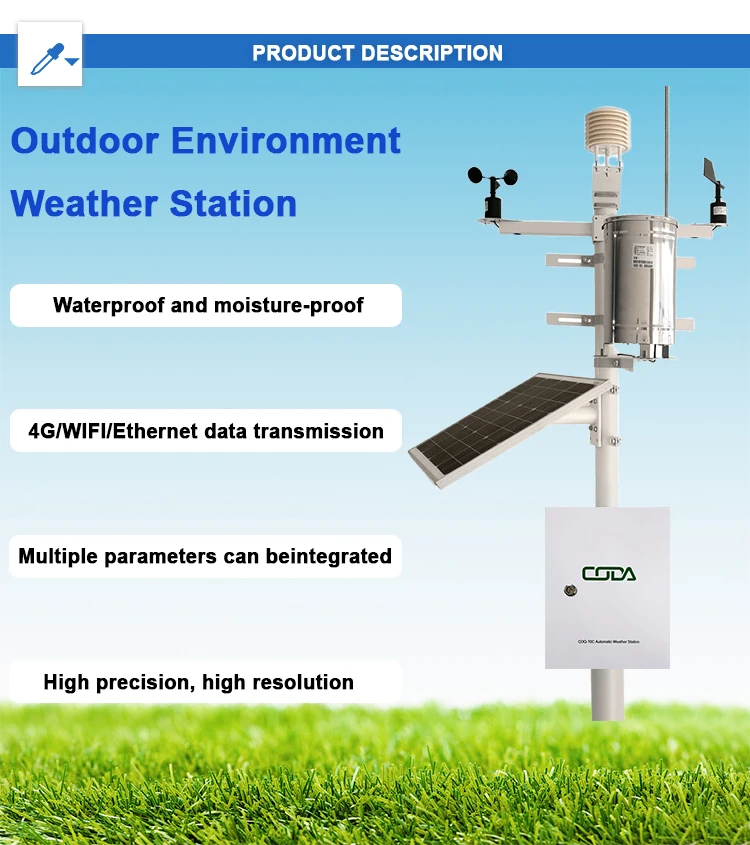Automatic Weather Station: Definition and Functionality

# Automatic Weather Station: Definition and Functionality
## What is an Automatic Weather Station?
An Automatic Weather Station (AWS) is a sophisticated system designed to collect and transmit meteorological data without the need for constant human intervention. These stations are equipped with various sensors that measure atmospheric conditions such as temperature, humidity, wind speed and direction, rainfall, barometric pressure, and solar radiation.
AWS units have become increasingly important in modern meteorology, agriculture, aviation, and environmental monitoring due to their ability to provide continuous, real-time weather data from remote locations.
## Key Components of an Automatic Weather Station
A typical automatic weather station consists of several essential components:
- Sensors: Specialized instruments that measure specific weather parameters
- Data logger: The central unit that collects and stores measurements from all sensors
- Power supply: Usually solar panels with battery backup for continuous operation
- Communication system: Transmits collected data to a central server (via radio, cellular, or satellite)
- Mounting structure: A sturdy frame to position sensors at proper heights and orientations
## How Automatic Weather Stations Work
Data Collection Process
The operation of an automatic weather station follows a systematic process:
- Sensors continuously monitor environmental conditions
- Measurements are taken at pre-programmed intervals (typically every 5-60 minutes)
- The data logger processes and stores the collected information
- Data is transmitted to a central database or weather service
- Information becomes available for analysis and forecasting
## Applications of Automatic Weather Stations
Meteorological Forecasting
National weather services rely on AWS networks to improve forecast accuracy by providing real-time data from multiple locations.
Agricultural Monitoring
Farmers use AWS data to optimize irrigation schedules, predict frost events, and monitor growing conditions.
Aviation Safety
Airports install AWS units to provide pilots with current weather conditions for safe takeoffs and landings.
Climate Research
Scientists utilize long-term AWS data to study climate patterns and detect climate change trends.
## Advantages of Automatic Weather Stations
Compared to traditional manual weather observation methods, AWS offer several significant benefits:
- Continuous operation: 24/7 data collection regardless of weather conditions
- Remote accessibility: Can be installed in hard-to-reach locations
- Data accuracy: Eliminates human observation errors
- Cost efficiency: Reduces labor costs associated with manual observations
- Real-time reporting: Immediate data availability for time-sensitive applications
## Future Developments in AWS Technology
The field of automatic weather stations continues to evolve with technological advancements:
- Integration with IoT (Internet of Things) for smarter data processing
- Development of more compact and energy-efficient sensors
- Improved data transmission methods using 5G networks
- Enhanced machine learning algorithms for better data interpretation
- Expansion of micro-weather station networks for hyper-local forecasting
As technology progresses, automatic weather stations will play an increasingly vital role in our understanding of weather patterns and climate dynamics, helping societies better prepare for and adapt to changing environmental conditions.
Keyword: what is automatic weather station
Leave A Comment